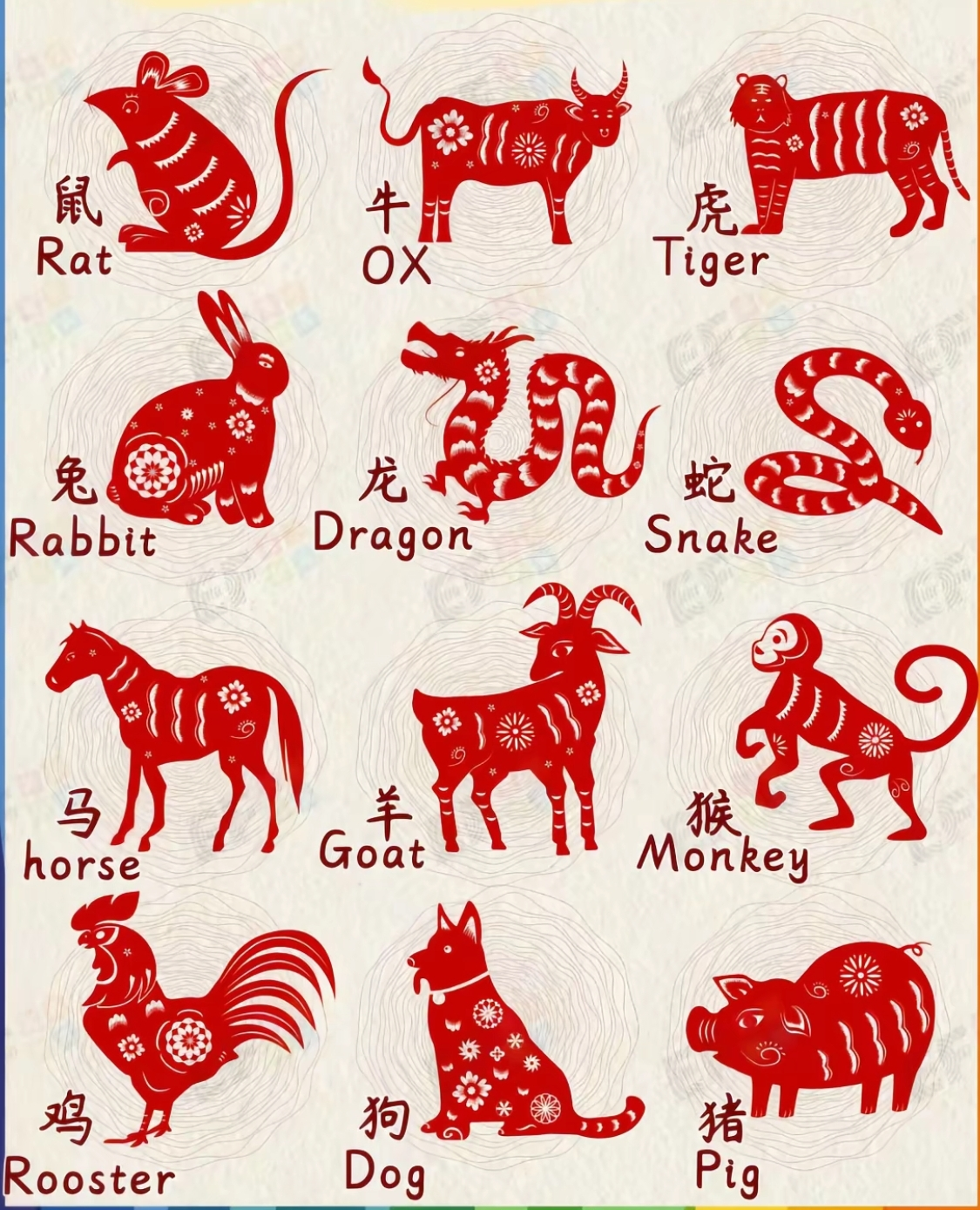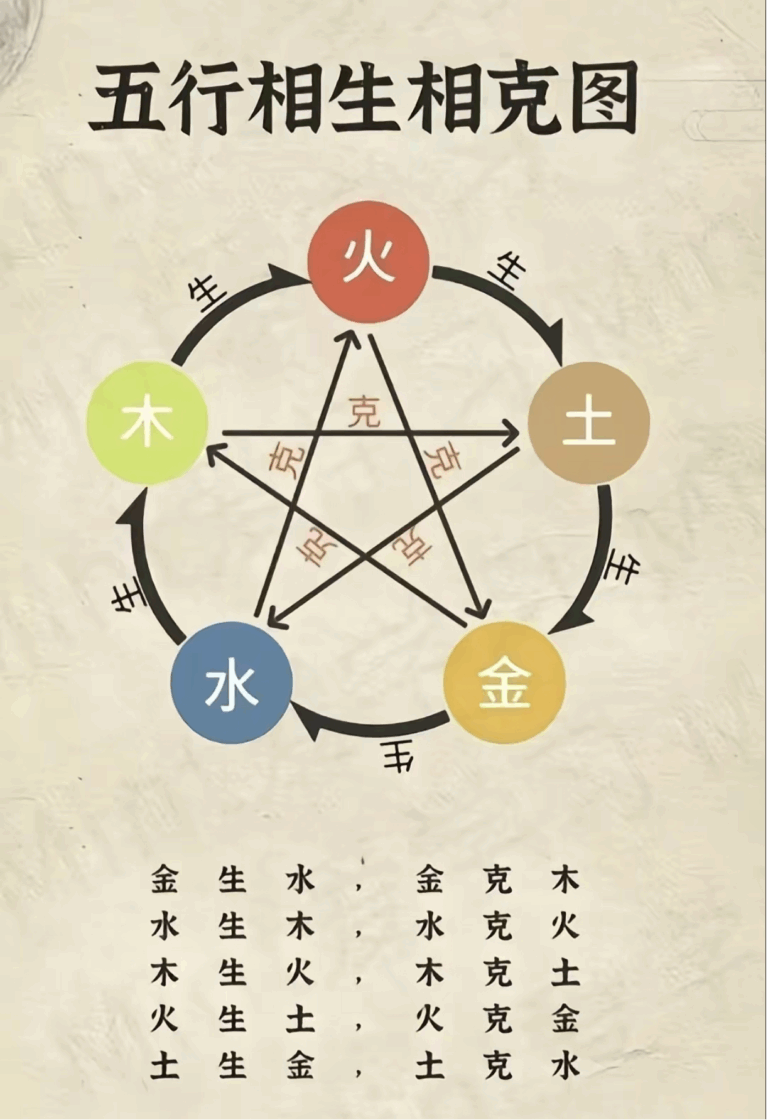The Zodiac, known as 生肖 (shēngxiào), is one of the most intriguing aspects of Chinese culture. With a history spanning over 2,000 years, this system is deeply rooted in Chinese traditions, folklore, and astrology. It serves as a guide for understanding personality traits, predicting fortunes, and making important life decisions. Let’s take a closer look at the origins, significance, and meanings behind the Chinese Zodiac.
What is the Chinese Zodiac?
The Chinese Zodiac is a 12-year cycle in which each year is represented by one of twelve animals: Rat, Ox, Tiger, Rabbit, Dragon, Snake, Horse, Goat, Monkey, Rooster, Dog, and Pig. Unlike the Western zodiac, which is based on the solar calendar, the Chinese Zodiac follows the lunar calendar. This means the start and end of each zodiac year vary, often coinciding with the Chinese New Year, which usually falls between late January and mid-February.
Each zodiac animal is associated with specific traits and characteristics. For example:
Rat(鼠, shǔ): Clever, resourceful, and quick-witted.
Ox(牛, niú): Hardworking, reliable, and patient.
Dragon(龙, lóng): Ambitious, charismatic, and full of energy.
Pig(猪, zhū): Honest, generous, and compassionate.
In Chinese culture, your zodiac sign is believed to influence your personality, compatibility with others, and even your fortune in life.
The Myth Behind the Zodiac
A popular legend explains how these twelve animals were chosen. According to the story, the Jade Emperor—a deity in Chinese mythology—organized a great race across a river. The first twelve animals to cross the finish line would be honored with a place in the zodiac.
The clever Rat secured first place by hitching a ride on the strong Ox and jumping off just before the finish line. The Tiger and Rabbit followed, relying on their respective strengths. The Dragon, despite its power, came in fifth because it stopped to help others along the way. Each animal’s placement reflects its unique characteristics and relations



